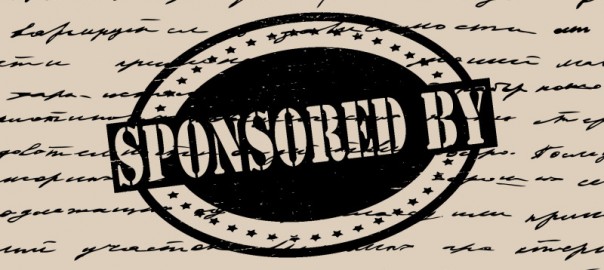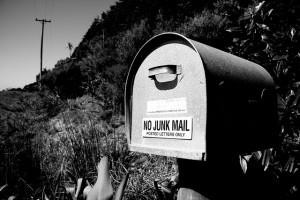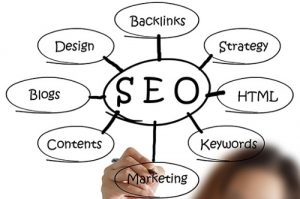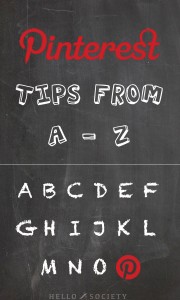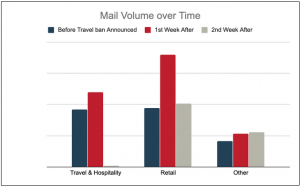Columnist Rob Rasko asserts that differentiating between “native” and “in-feed” ads is key to delivering a true premium ad product that’s worth a higher price.

It’s no secret that there is very little consensus on the definition of native advertising. Some digital marketers will argue that a native ad is any advertisement that is served within relevant content, while others believe that native advertisements go a step beyond pitching a brand’s message to add value to the user experience.
Native advertisements have been defined as branded content that is placed in-context on a publisher’s property; the ad is fully integrated and consumed on the site across screens. Native ads deliver higher engagement for marketers because they provide a non-interruptive experience for consumers. These ads match the look and feel of the content medium they are in and are clearly marked as sponsored content.
Just because ads appear in the flow of content doesn’t mean they’re truly native by my definition — they may not be achieving everything that’s possible in native. In-feed advertisements differ from other forms of native ads because they are interruptive, appearing within social feeds, within mobile applications, or at the beginning of games and videos. Often, in-feed ads send users off-site unexpectedly, disrupting the user experience.
While in-feed advertisements are a form of native advertising, the amount of work that goes into creating these in-feed ads is nowhere near what’s done to create a true native advertising campaign. Because native campaigns require a high degree of customized creative content and execution, the work leading up to a true native campaign separates this form of digital advertising from ads that are solely in-stream.
What has been proven time and time again is that native ads work. They are high quality, increase engagement, and do not interrupt the consumer experience or take the consumer off of the publisher’s site.
In order to understand the higher pricing for creating native campaigns, and to achieve the results you need to justify paying that higher price, you need to understand the difference between true native and in-feed advertisements, as well the added value that true native campaigns bring to the table compared to an in-feed ad.
Pricing Strategies And Native And Sponsorships
Determining whether an ad is true native or simply in-feed isn’t always easy. There are many differences with regard to how a native campaign is executed which affect pricing.
In order to have a truly native advertising campaign, the publisher must design creative, write (or at least approve) editorial content and then employ media tactics to properly distribute the message, increasing the workload threefold.
With that in mind, how should an agency or advertiser expect a publisher to charge for a native campaign? Does the additional work that comes with creating a truly native campaign deserve a higher price? I think it does.
Today, most publishers are using a sponsorship model to create their pricing rates for a native engagement, but I believe they should truly consider the engagement and not just the media. Wouldn’t you, if you were a publisher, like to have another high-priced (and worth every penny) ad product in your toolkit? What publisher wouldn’t?
If you want to scale a message, banner and textual ads work fine. But if you’re a marketer looking for deeper engagement with your stakeholders, native advertisements will do a better job pushing the consumer down the purchasing funnel. Higher engagement requires more work, which commands a premium price.
When I was looking for input on this concept, I reached out to Chris Rooke from Nativo, a subject matter expert who works for the leader in true native advertising. We discussed the fact that publishers have been selling native ads at the sponsorship rate for years. But if they can really develop a premium product that delivers premium results — which is markedly different than just slapping a display ad in the feed — publishers can sell them at a higher price.
Chris went on to point out:
The real difference between today’s market and branded content programs of the past is we’ve introduced advanced technology and automation to make buying, selling and scaling this type of content execution much easier to do.
As a marketer, don’t just buy “native” ads that are little more than banners in a more favorable placement — ensure your publisher and network partners are doing the extra work that will deliver more engagement and improved results. If they are, it’s worth paying more, and you’ll still be getting your money’s worth.
Some opinions expressed in this article may be those of a guest author and not necessarily Marketing Land. Staff authors are listed here.
(Some images used under license from Shutterstock.com.)
Marketing Land – Internet Marketing News, Strategies & Tips
(251)
